The Evolution of the False 9 Role
The “False 9” is without question one of the most renowned tactical innovations of the 21st century, as its implementation led to tremendous amounts of success for teams in both club and international competitions. From Lionel Messi to Roberto Firmino to Kai Havertz, several dominant teams in modern times have been built their attack around a false 9, rather than a conventional center forward. In this piece, we are going to dive into the tactical details of how this role is used and trace back its origins through the history of football.
Introduction
Before we go into the details, let’s define the role. The false 9 is a unique type of center forward, one who tends to drop deep and join the midfield in possession, rather than lurk around the box for scoring opportunities. While forwards who drop deep are a common sight in front twos, the false 9 is employed as a lone center forward, usually in a 4-3-3 or in other variations such as a 4-1-4-1.
The false 9 is more of a playmaking role in its nature, with his central purpose focused on opening up space for others to exploit.
When the center forward drops, two things are likely to occur: Either one of the center backs will follow them, thus opening up space in the back line, or no one will follow them, leading to a numerical overload in midfield and space to attack in front of the back line. Due to these possibilities, a skilled false 9 is one of the toughest players to defend in football, as defenders have to pick their poison.
Historical Origins
While many refer to the false 9 as a tactical innovation of the modern era, the usage of the phrase can be traced as far back as the start of the 20th century.
Matthias Sindelar, Austria, 1931-1937

Photo: Getty
The first implementation of a false 9 role was observed as early as the 1930’s. It was Hugo Meisl, the coach of the Austrian national team, who opted for the use of playmaking forward Matthias Sindelar instead of a more traditional physical number 9, Josef Uridil, to fit the fluid type of football he desired to play.
Sindelar was a center forward of Jewish origin who spent his entire professional career at Austria Vienna and was well known for his ‘etheric movement’ and intelligence on the ball. Due to his creative skills and slight structure, he was instructed to drop deep to link up play and create opportunities for himself and others.
He was the focal point of Meisl’s 2-3-5 and the Wünderteam’s star man, allowing his attacking teammates to flourish, simultaneously bagging 26 goals in 43 games himself.
Austria’s 1934 World Cup team
Nándor Hidegkuti, Hungary, 1952-1958
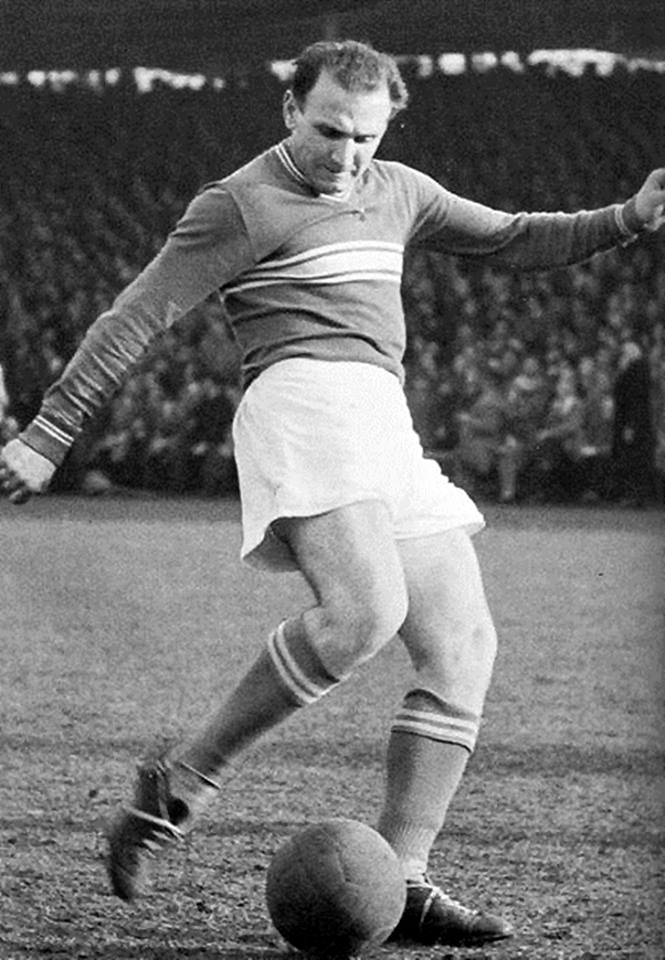
Photo: facebook.com/arany.magyar.csapa
The first famous implementation of a deep-lying forward was seen in Hungary’s “Golden Team” of the 1950’s, who reached the 1954 FIFA World Cup final. The man for the role was Nándor Hidegkuti, a player who had previously spent the majority of his career playing as a winger or an inside forward.
Hungary manager Gusztáv Sebes decided to use Hidegkuti as a false 9 to counter the ‘W-M’ formation, a 3-2-5 that was the favored tactical set-up during this point in time. The W-M’s main feature and its difference from the traditional 2-3-5 was the center half, who instead of operating between the two half-backs in midfield, instead slotted in the back line to form a back three with full backs.
In what was marketed as the ‘Match of the Century,’ Hungary demolished England 3-6 at Wembley on November 25, 1953. After the game, the English center-half Harry Johnshton, who had played in the middle of the back 3, admitted that he simply had no idea how to defend Hidegkuti.
If Johnston stepped up, a gap would appear in the defensive line, which was quickly exploited by Hungary’s ruthless forwards, including the legendary Ferenc Puskás. If he stayed deep, he gave Hidegkuti plenty of space to receive between the lines and wreak havoc with his playmaking qualities. This match was regarded as the birth of the false 9 role.
Hungary’s 1953 side
Johan Cruyff, Netherlands/Ajax, 1966-1977
Photo: EMPICS Sport
Arguably the most influential tactical style to ever grace the beautiful game was Total Football, a style that was synonymous with the Netherlands national team and Ajax in the 1970’s. It is associated with legendary Dutch coach Rinus Michels and his attacking superstar Johan Cruyff.
The principles of Total Football have influenced several modern-day coaches, such as Marcelo Bielsa and Pep Guardiola, and are observed in many successful sides in the current game. It is predicated on high-pressing, possession-based football, with an emphasis on using width when attacking and compactness when defending, as well as a high defensive line, offside trap, numerical overloads, and positional switches.
The fluidity of these sides required a false 9, a technical center forward who could move all over the pitch to receive the ball and link up play, rather than a static poacher. Cruyff was perfect for this role, playing as the focal point of the 1-3-3-3 that would turn into a 3-4-3 when the sweeper, Barry Hulshoff, joined the midfield to create numerical overloads.
It was a tactical set-up that depended on the movement of players off the ball to perform positional switches, as well as superb fitness levels, to maintain a high-pressing system.
Photo: Ajax 1972/73
The Usage of the False 9 in the 21st Century
Francesco Totti, Roma, 2006-2008

The first modern-day interpretation of the false 9 role occurred due to an injury crisis, when Roma manager Luciano Spalletti was left without any fit center forwards in January 2006. Simply due to a lack of other options, the Italian turned to his world class trequartista (attacking midfielder) Francesco Totti, and used him upfront.
Er Pupone’s role did not change significantly, with Totti still playing a similar role to that a number 10, but this time, with no center forward ahead of him. He simply joined the midfield and as a result, the 4-1-4-1 turned into a 4-1-5. Roma dominated possession with him as the focal point of attack, Totti simultaneously being the side’s primary creator as well as its top goal scorer.
He would go on the European Golden Boot in 2006/07 with 26 goals scored, finishing 10th in the 2007 Ballon D’Or race with 20 votes. Opposing teams faced the same dilemma: to follow the false 9 or not to follow him. The space opened up was attacked by the central midfielders who bombed forward from deep, in addition to the wingers who cut inside from wide areas.
While that Roma side were not entirely dominant, they won two Coppe Italia and delighted the Giallorossi faithful with entertaining football. Spalletti, to his credit, is now known as the coach that revived the role of the false 9.
Roma’s 2007/08 side
Lionel Messi, Barcelona, 2009-2012
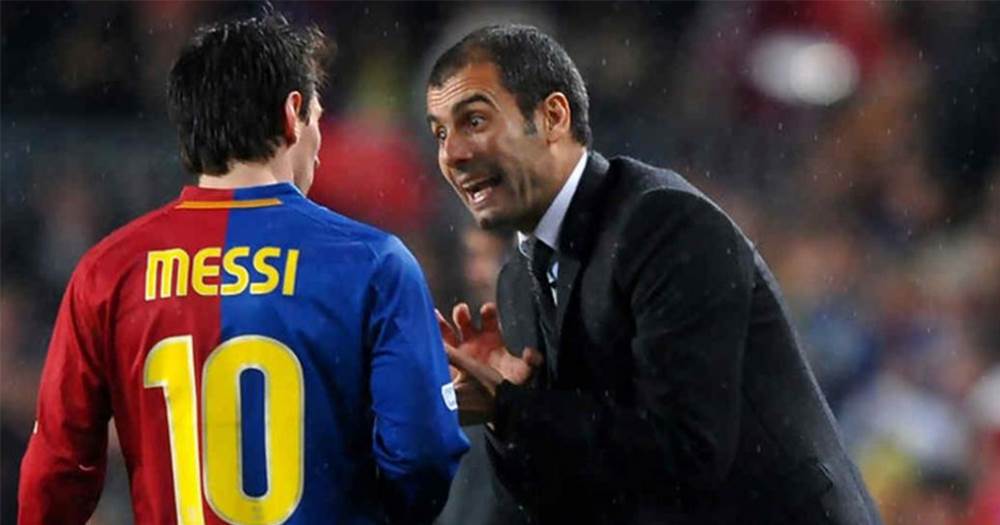
Photo: Getty
During his time in charge, Pep Guardiola’s Barcelona won 14 trophies, including an unprecedented ‘Sextuple’ in the 2008/09 season. Not only were their results exceptional, but they played some of the most entertaining football ever seen.
Influenced by Total Football, the Catalan manager implemented Cruyff’s Juego de Posición, building a team that dominated possession and demolished opponents. Lionel Messi established himself as one of the greatest players of all time, operating as a false 9 in Guardiola’s 4-3-3 and winning 4 consecutive Ballon d’Or awards from 2009 to 2012. Originally a right winger, Messi used his slight frame and low center of gravity as well as his elite dribbling and playmaking abilities to become the most exceptional playmaker of his era, and arguably, the best goal scorer as well.
On May 2, 2009, Barcelona visited arch rivals Real Madrid at the Santiago Bernabéu for a pivotal league encounter. To the surprise of the hosts, Guardiola called an audible in the 9th minute and signaled right winger Messi and center forward Samuel Eto’o to swap positions. Once again, the opponents did not know how to defend the false 9, and Barcelona would go on to claim a resounding 6-2 victory.
Messi’s role resulted in two things. Firstly, he dropped into midfield and created a 4v3 numerical advantage so Barcelona could easily play around Madrid’s middle 3.
Secondly, Messi’s movement caught the attention of Madrid’s center backs and opened up space for Barcelona’s dangerous wide forwards, Eto’o and Thierry Henry, to attack the channels and get in behind the back line.
In the example above, Pepe, the center back, steps up to defend Messi, but Sergio Ramos, the right back was not quick enough to close the space. Messi was able to find Henry with ample space in behind the defensive line, as Barcelona went on to produce one of the most humiliating Clásico defeats of all time.
Throughout 2011, widely regarded as the best year in Barcelona history, Guardiola used a slightly different approach. Instead of trying to feed inside forwards, he tried to give Messi more space to attack by spacing out the pitch and keeping the central zone empty. Messi dropped to the right half-space, Andrés Iniesta moved up to the left half-space, and the striker-less Barcelona carved teams open in style.
The 2011 UEFA Champions League Final is a prime example of the approach, as Barcelona beat Sir Alex Ferguson’s Manchester United 3-1, with Messi constantly finding himself in open space to receive the ball in midfield.
Messi has continued to stake his case as the greatest player of all time, Guardiola has continued to innovate tactical philosophies across Europe, and Barcelona have continued to amass trophies. But none of them will likely ever manage to replicate the magic from that night in Wembley.
Barcelona 2010/11
Cesc Fàbregas, Spain, Euro 2012
Photo: Juan Medina / Reuters
With David Villa recovering from a broken tibia suffered in a Club World Cup match against Al-Sadd, and Fernando Torres going through a wretched run of form since his record move to Chelsea, the Spanish national team headed to the 2012 Euros without a reliable center forward at their disposal. Faced with a head-scratching predicament, manager Vicente del Bosque decided to use Cesc Fábregas, a natural central midfielder, as a false 9.
La Roja’s gameplan revolved around their aim to maintain possession for the majority of the match, and to do that, Del Bosque fielded a line-up that at times looked like a 4-6-0, as the wingers, Iniesta and David Silva, were also natural central players. While Fàbregas made some traditional number 9 runs, his movement was similar to a dropping false 9 due to his relative lack of mobility.
Spain relied on their full backs, Jordi Alba and Álvaro Arbeloa, to provide width, and their approach proved fruitful, as they won their second consecutive Euros, beating Italy 4-0 in the final, in a game that they were nearly perfect tactically.
Spain’s 2012 Euro squad
Roberto Firmino, Liverpool, 2016-
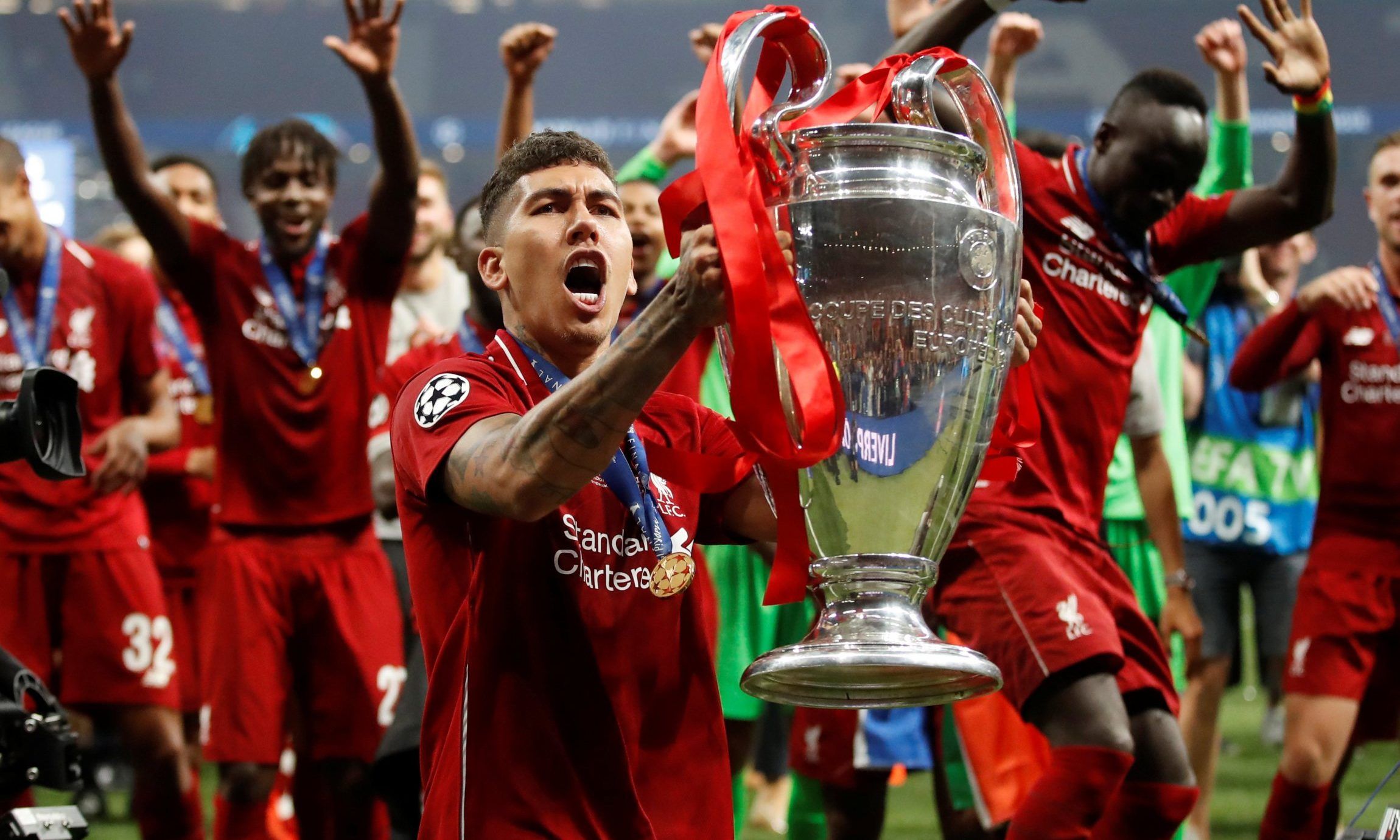
Photo: Reuters
Since arriving in 2015, Jürgen Klopp has found tremendous success in England, with his intense, high-pressing style of play reaping as much success at did in Germany. When Klopp joined the Merseyside club; he inherited a talented Brazilian attacking midfielder by the name of Roberto Firmino, and decided to convert him into a false 9 for his 4-3-3, but with a slight twist.
Just like the other aforementioned false 9s, Firmino acts both as a playmaker and a space creator; but his most important function for Liverpool is to lead the press. Having received the label ‘defensive forward’, Firmino has superb fitness levels and is the main cog in Klopp’s counter-pressing machine.
His ability to cover ground allows him to not only pressure the center backs, but to also cover the defensive midfielder as well, as can be seen in the example above, with his cover shadow on Fernandinho.
On the ball, his role is equally important. Liverpool’s main goal scoring threats are their two first choice wingers, Sadio Mané and Mohammed Salah, and Firmino drops deep to link up play and allow the two to come inside and receive the ball in the half-space or on the flanks.
Liverpool’s structure on the ball looks more like a 4-4-2 diamond, with Firmino as the number 10, the two wingers as the center forwards and the full back tandem of Trent Alexander-Arnold and Andrew Robertson providing width.
Conclusion
Despite the false 9 being an ‘ancient’ tactical concept in football, it is clear that it still an important role to play in the future of football. Essentially, it has replaced the traditional number 10, which seems to be on the verge of extinction due to the newly required physical and tactical demands of the game.
Whether the norm will become 5’7 dribbling demons like Messi or physical pressing machines like Firmino, we cannot know for sure. Whatever the case, it be fascinating to see how the role and usage of the false 9 evolves in the coming decades.
Note: Special thanks to Jonathan Wilson and his book “Inverting the Pyramid,” a must-read book for anyone interested in football tactics. It was extremely helpful in my research for this piece.
By: Nicholas Stephanatos
Photo: @GabFoligno
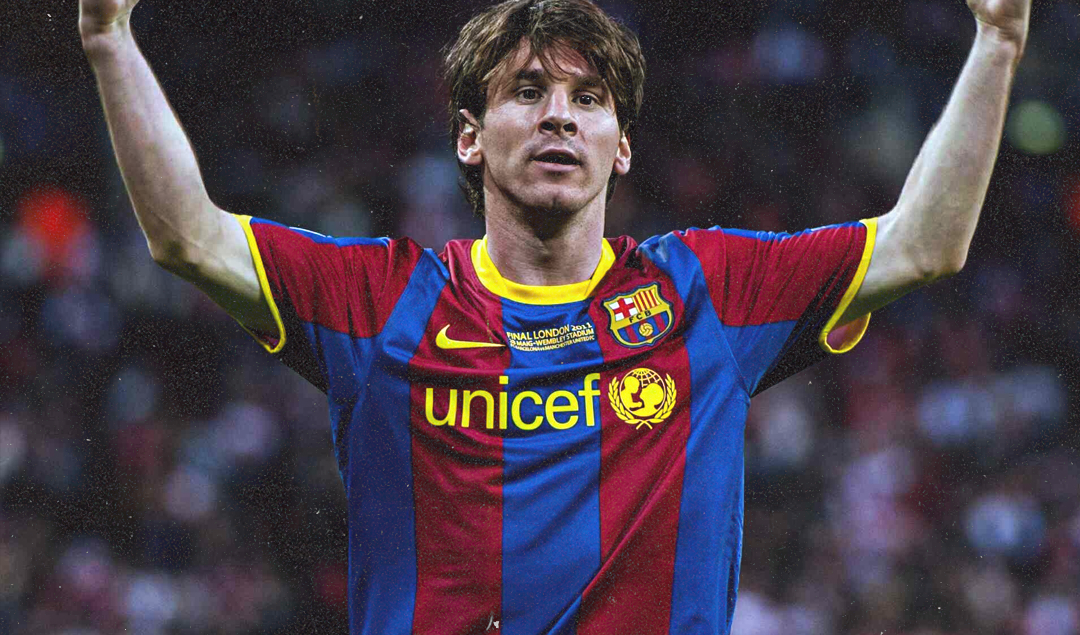
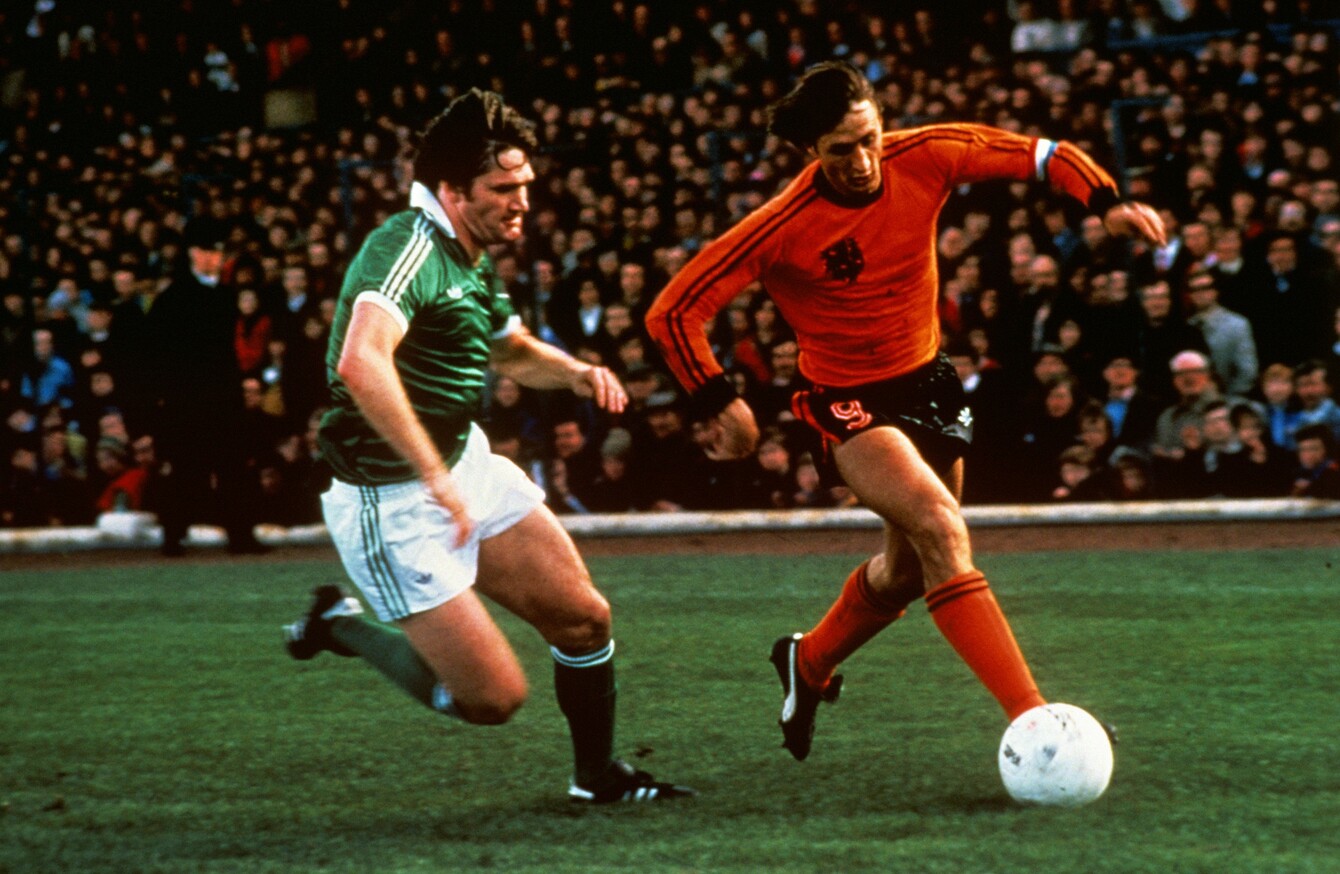
/arc-anglerfish-tgam-prod-tgam.s3.amazonaws.com/public/JBISXLS6GVHU5L6NFC37IM7QTY)